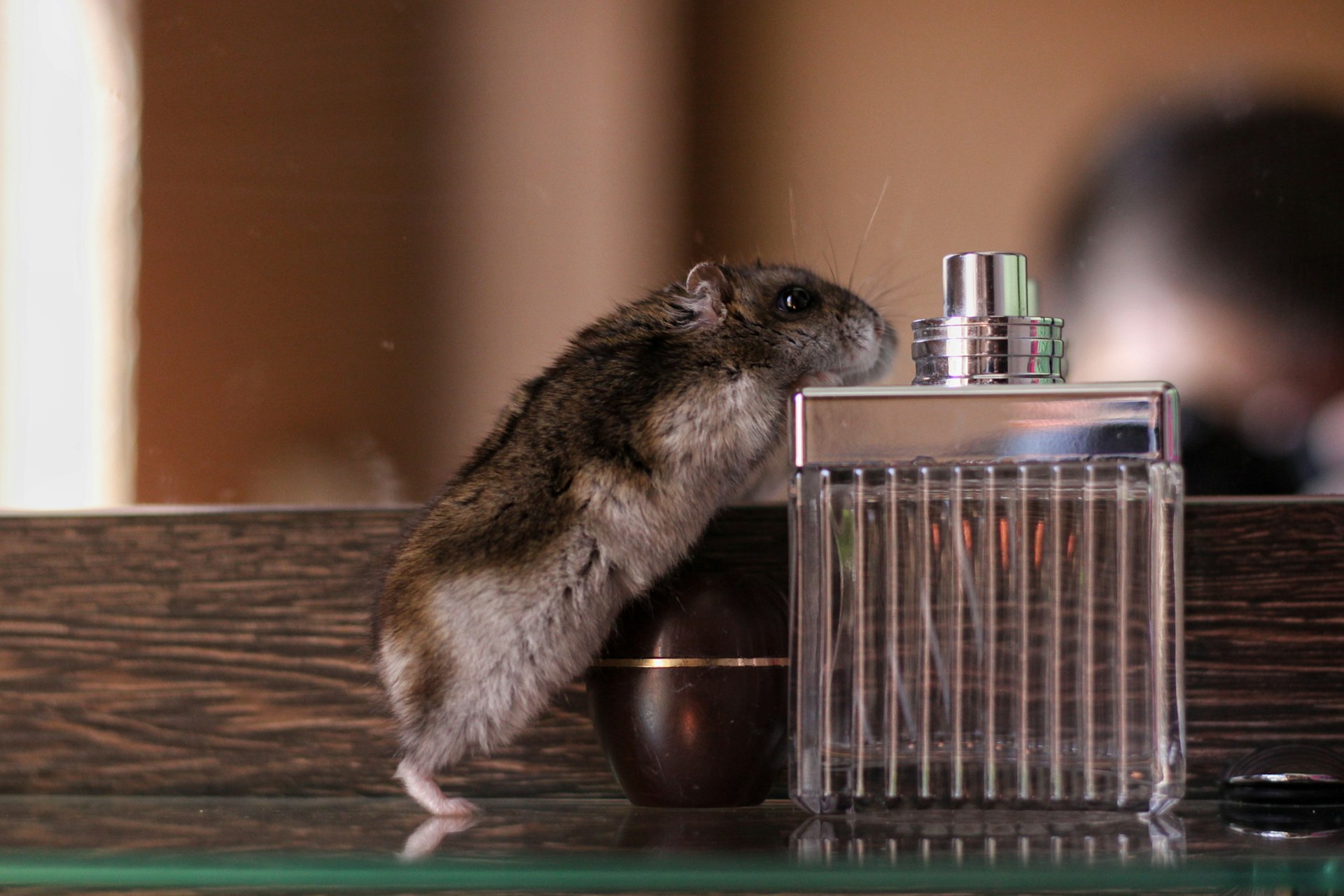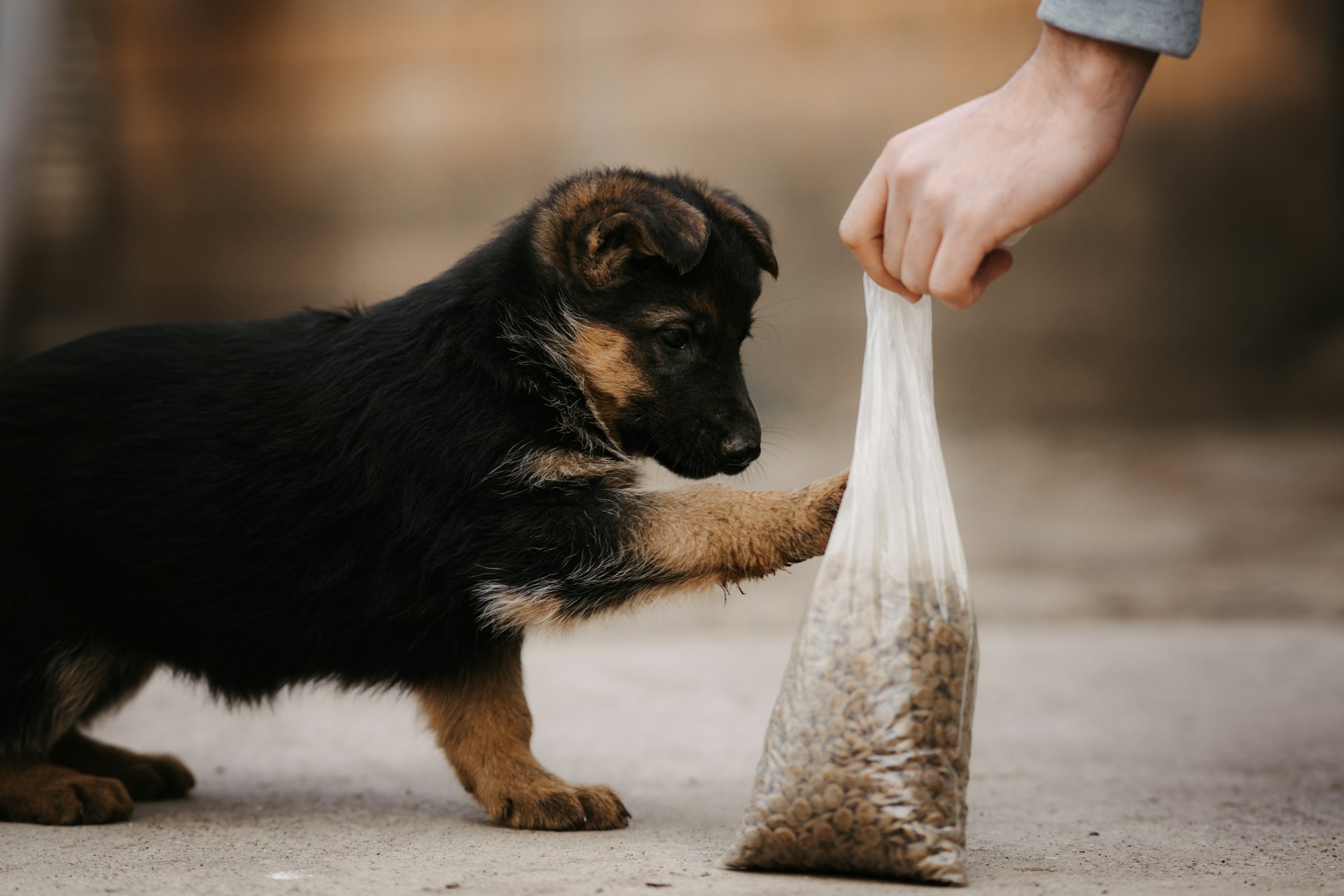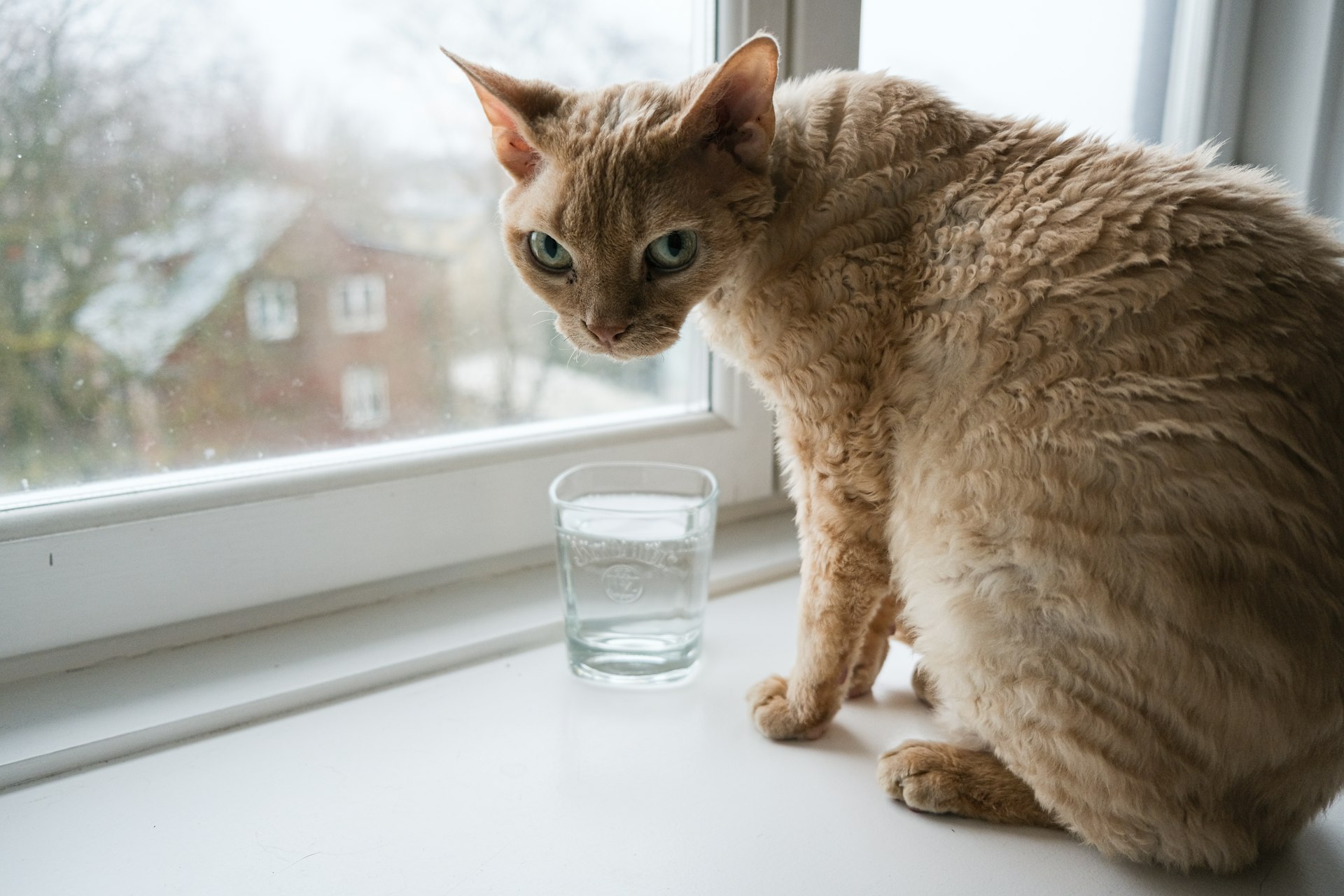Redefining Pet Food: How Sustainable Packaging Is Shaping the Future of the Industry

Photo by nygi on Unsplash
Introduction: The New Era of Pet Food Packaging
Sustainability has become a defining force in the pet food industry. As climate concerns and environmental regulations tighten, both pet owners and manufacturers are rethinking how pet food is packaged, distributed, and disposed of. Today’s environmentally conscious consumers expect packaging that not only protects the product but also minimizes ecological harm. This shift is influencing brand loyalty, regulatory compliance, and the long-term reputation of pet food companies across the globe [1] .
The move toward sustainable packaging is more than a trend-it’s a business imperative. In this article, you’ll learn about the latest materials, technologies, and strategies reshaping the sector and get practical guidance for transitioning to eco-friendly packaging in your own operations.
Why Sustainable Packaging Matters in Pet Food
Pet food packaging serves multiple critical roles: it preserves product freshness, ensures food safety, and communicates brand values. However, traditional packaging materials-especially multi-layer plastics-are difficult to recycle and often contribute to landfill waste. Recent studies show that over 76% of pet owners consider product sustainability when making purchasing decisions, with nearly 70% specifically valuing packaging sustainability [6] .
Environmental awareness is also influencing premium pet food markets. Customers choosing high-end brands increasingly expect packaging that is both robust and environmentally responsible [4] . As a result, manufacturers face growing pressure to balance performance, safety, and eco-friendliness in every aspect of packaging design.
Key Innovations in Sustainable Pet Food Packaging
The industry’s response to these challenges has spurred several important innovations:
- Mono-Material Packaging: The shift from multi-layer to mono-material flexible plastics-such as polyethylene (PE) or polypropylene (PP)-is making recycling more achievable. Mono-material packaging avoids the recycling hurdles of complex, multi-resin structures and aligns with evolving best practices for sustainability [3] .
- Compostable and Biodegradable Films: Companies are exploring plant-based packaging materials like PLA (polylactic acid) and PHA (polyhydroxyalkanoates) that break down in composting environments, thus reducing landfill impact. These options are especially promising for dry foods and treats, though they must be carefully engineered to match plastics’ barrier properties [1] .
- Recycled Content: Incorporating post-consumer recycled (PCR) materials into new packaging reduces reliance on virgin plastics and supports a closed-loop recycling system. Some brands are now using up to 50% PCR content in their flexible packaging, where regulatory standards allow [3] .
- Plastic-Free Solutions: Innovations like Impermea’s BIO-PAK + MVTR 4140 coating have enabled fully recyclable, compostable, and repulpable dog food packaging without plastic. These next-generation coatings offer the necessary moisture and oxygen barriers while remaining PFAS-free, non-toxic, and compliant with food safety regulations [2] .
- Paper-Based Packaging: Advances in coated paperboard and fiber-based trays are allowing brands to offer recyclable solutions for both dry and moist pet foods, with enhanced protection against moisture and grease [1] .
These innovations are backed by rigorous testing to ensure packaging remains robust, reliable, and safe for pets and their owners [4] .
How to Implement Sustainable Packaging in Your Pet Food Business
Transitioning to sustainable packaging requires a systematic approach. Here’s how you can get started:
- Assess Your Current Packaging: Begin by auditing your existing packaging materials. Identify which components are recyclable, compostable, or made from PCR content. Understand your product’s specific needs, such as moisture and oxygen barriers for freshness.
- Research Material Alternatives: Consult with packaging suppliers about mono-material, compostable, and recycled options. Request performance data and certifications (such as FDA compliance, compostability, or recyclability) to ensure the new materials meet both regulatory and product requirements.
- Test and Validate: Conduct shelf-life and performance tests to confirm that sustainable materials maintain product quality. Work with third-party labs if necessary to validate claims and optimize packaging design [2] .
- Communicate with Consumers: Clearly label sustainable packaging features on your products and explain their benefits through marketing channels. Transparency builds trust and can influence purchasing decisions, as studies show one-third of consumers view environmental records as a deciding factor [4] .
- Prepare for Regulatory Changes: Stay informed about evolving packaging laws in your target markets. Even if mandates are not yet in place, future regulations are expected to favor recyclable and compostable solutions [3] .
- Leverage Industry Networks: Join organizations like the Pet Sustainability Coalition or consult established packaging companies for the latest best practices and technical support. Many packaging suppliers offer guidance on transitioning to eco-friendly solutions [5] .
You may also find it helpful to search for reputable packaging suppliers using terms like “sustainable pet food packaging supplier” and review their certifications, case studies, and client references. When possible, request samples and trial runs to evaluate fit and performance in your real-world operations.

Photo by mostafa mahmoudi on Unsplash
Challenges and Solutions in Adopting Sustainable Packaging
Despite its benefits, the transition to eco-friendly packaging comes with obstacles:
- Cost Implications: Sustainable materials can be more expensive than conventional plastics. However, costs are decreasing as demand rises and manufacturing scales increase. Some companies have offset these costs through improved brand perception and consumer loyalty [1] .
- Performance Trade-Offs: Finding materials that match the barrier properties of traditional plastics remains a challenge, especially for wet or high-fat foods. Pilot runs and rigorous testing can help optimize materials to meet product needs without sacrificing sustainability [2] .
- Supply Chain Complexity: Sourcing certified sustainable materials may require new supplier relationships and additional due diligence. Consider working with packaging companies that specialize in eco-friendly solutions and have a track record of regulatory compliance.
- Consumer Education: Some consumers may be skeptical of new packaging materials. Clear communication and third-party certifications can reassure buyers and encourage adoption.
Alternative approaches include starting with recycled-content blends before fully switching to compostable materials or using recyclable mono-materials as an interim step. Engaging with sustainability consultants and industry groups can help identify the most appropriate pathway for your business.
Practical Guidance for Pet Food Brands
To access sustainable packaging solutions, consider the following steps:
- Contact established packaging suppliers with expertise in sustainable materials. Review their product portfolios, certifications, and industry experience. Request references or case studies from similar food brands.
- If seeking compostable or plastic-free options, verify that solutions are certified by recognized bodies (e.g., ASTM D6400 for compostability or ISCC for recycled content).
- Engage with industry organizations such as the Pet Sustainability Coalition or Packaging Europe. They offer up-to-date research, trend analysis, and educational resources for manufacturers.
- Monitor regulatory agencies and trade associations for the latest guidance on packaging standards and environmental compliance. In the U.S., the Environmental Protection Agency (EPA) and Food and Drug Administration (FDA) provide information on packaging safety and waste management.
- To find local recycling facilities or composting programs, search for municipal resources using terms like “pet food packaging recycling near me.”
If you need help getting started, you can search for “sustainable pet food packaging consulting” or reach out to your regional packaging association for referrals.
Conclusion
Sustainable packaging in the pet food industry is no longer optional-it’s essential for staying competitive, meeting consumer expectations, and preparing for regulatory change. With innovations in mono-materials, compostable films, recycled content, and plastic-free coatings, brands have more options than ever before. By following a systematic approach and leveraging industry resources, pet food manufacturers can make the transition smoothly, reduce their environmental footprint, and strengthen consumer trust. Start your journey today by evaluating your current packaging, exploring alternatives, and connecting with expert partners who can guide you through the process.
References
- [1] The Packaging Observer (2024). How Sustainability, Traceability, and Protein Shifts Are Changing the Pet Food Industry.
- [2] Impermea Materials (2024). How Impermea Eliminated Plastic in Dog Food Packaging with BIO-PAK + MVTR 4140.
- [3] Pet Food Processing (2025). Sustainable by design.
- [4] Emmerson Packaging (2024). The Power of Eco-Friendly Pet Food Packaging for Premium Brands.
- [5] Printpack (2024). Sustainable Pet Food Packaging.
- [6] Petfood Industry (2023). Study: Sustainable packaging influences pet food purchases in Europe.
MORE FROM findworkpro.com













